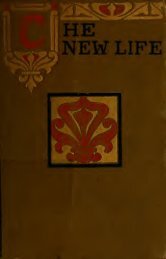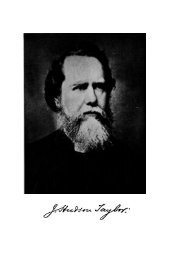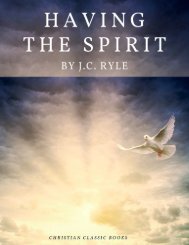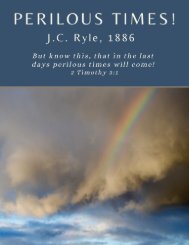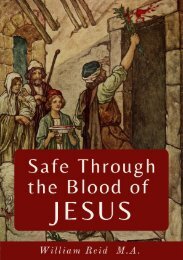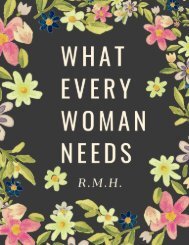The Case For Christ
The Case for Christ records Lee Strobel's attempt to "determine if there's credible evidence that Jesus of Nazareth really is the Son of God." The book consists primarily of interviews between Strobel (a former legal editor at the Chicago Tribune) and biblical scholars such as Bruce Metzger. Each interview is based on a simple question, concerning historical evidence (for example, "Can the Biographies of Jesus Be Trusted?"), scientific evidence, ("Does Archaeology Confirm or Contradict Jesus' Biographies?"), and "psychiatric evidence" ("Was Jesus Crazy When He Claimed to Be the Son of God?"). Together, these interviews compose a case brief defending Jesus' divinity, and urging readers to reach a verdict of their own.
The Case for Christ records Lee Strobel's attempt to "determine if there's credible evidence that Jesus of Nazareth really is the Son of God." The book consists primarily of interviews between Strobel (a former legal editor at the Chicago Tribune) and biblical scholars such as Bruce Metzger. Each interview is based on a simple question, concerning historical evidence (for example, "Can the Biographies of Jesus Be Trusted?"), scientific evidence, ("Does Archaeology Confirm or Contradict Jesus' Biographies?"), and "psychiatric evidence" ("Was Jesus Crazy When He Claimed to Be the Son of God?"). Together, these interviews compose a case brief defending Jesus' divinity, and urging readers to reach a verdict of their own.
You also want an ePaper? Increase the reach of your titles
YUMPU automatically turns print PDFs into web optimized ePapers that Google loves.
when you look at the narratives closely, you see divergences that<br />
suggest that even if Matthew and Luke did know Mark's account,<br />
nevertheless they also had separate, independent sources for the<br />
empty tomb story. So with these multiple and independent<br />
accounts, no historian would disregard this evidence just because<br />
of secondary discrepancies. Let me give you a secular example.<br />
We have two narratives of Hannibal crossing the Alps to attack<br />
Rome, and they're incompatible and irreconcilable. Yet no<br />
classical historian doubts the fact that Hannibal did mount such<br />
a campaign. That's a nonbiblical illustration of discrepancies in<br />
secondary details failing to undermine the historical core of a<br />
historical story." I conceded the power of that argument. And as<br />
I reflected on Martin's critique, it seemed to me that some of<br />
his alleged contradictions could be rather easily reconciled. I<br />
mentioned this to Craig by saying, "Aren't there ways to<br />
harmonize some of the differences among these accounts?"<br />
"Yes, that's right, there are," Craig replied. "<strong>For</strong> example, the<br />
time of the visit to the tomb. One writer might describe it as<br />
still being dark, the other might be saying it was getting light,<br />
but that's sort of like the optimist and the pessimist arguing<br />
over whether the glass was half empty or half full. It was around<br />
dawn, and they were describing the same thing with different<br />
words.<br />
As for the number and names of the women, none of the gospels<br />
pretend to give a complete list. <strong>The</strong>y all include Mary Magdalene<br />
and other women, so there was probably a gaggle of these early<br />
disciples that included those who were named and probably a<br />
couple of others. I think it would be pedantic to say that's a<br />
contradiction." "What about the different accounts of what<br />
happened afterward?" I asked. "Mark said the women didn't tell<br />
anybody, and the other gospels say they did."<br />
Craig explained, "When you look at Mark's theology, he loves to<br />
emphasize awe and fright and terror and worship in the presence<br />
of the divine. So this reaction of the women-of fleeing with fear<br />
and trembling, and saying nothing to anyone because they were<br />
afraidis all part of Mark's literary and theological style.<br />
It could well be that this was a temporary silence, and then the<br />
women went back and told the others what had happened. In fact,"<br />
he concluded with a grin, "it had to be a temporary silence;<br />
otherwise Mark couldn't be telling the story about it!"<br />
I wanted to ask about one other commonly cited discrepancy.










